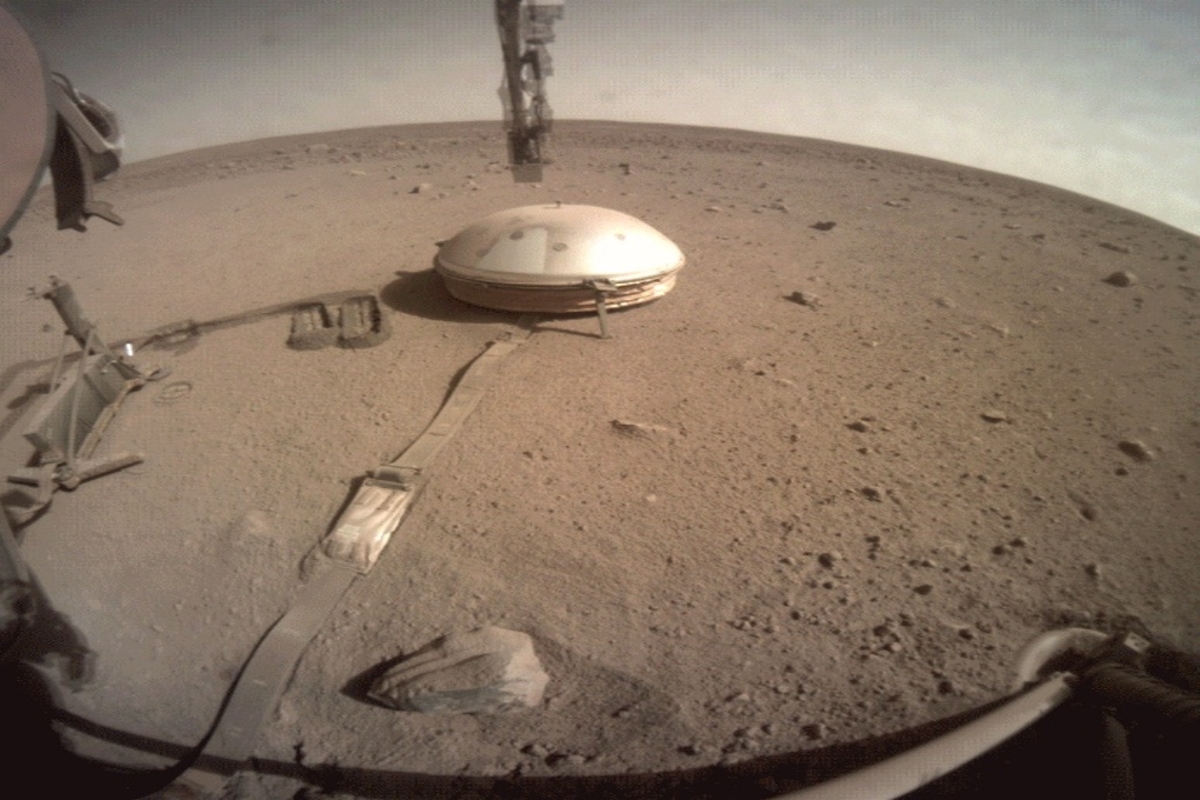Mars, which was once known to contain a massive body of water, may have less water, suggests new research.
According to researchers at the University of Texas at Austin, the Red Planet faced a collision with a huge astral entity around four billion years ago.
The collision known as Late Heavy Bombardment refers to a period where it is believed that a disproportionately large number of asteroids collided with Mercury, Venus, Earth, and Mars.
Many meteors and meteorites impacted Mars resulting in the large number of massive impact craters on the surface of the Red Planet. The event is also believed to have created its northern lowland – so large it’s visible from space – where a significant tract of Martian land appears to be literally sliced off.
This basin is also believed to have once contained a massive body of water.
“Mars used to have a lot of water and it still has ice likely before this collision,” said Mohammad Afzal Shadab, a CSEM graduate student at the Oden Institute at the varsity.
Shadab’s team developed a very simple mathematical formula for predicting just how high that groundwater table would have been.
“Using curvilinear coordinates transformation and groundwater flow dynamics, we developed analytic solutions for a steady unconfined groundwater aquifer beneath the southern highlands of Noachian Mars (four billion years ago),” Shadab said.
They also used the models to explore self-consistent combinations of recharge (rainfall or precipitation) and hydraulic conductivities.
“We found that all the previously published estimates for recharge rates are orders of magnitude off from what early Mars could accommodate,” he added.
Interestingly, the more “complex” mathematical model was able to produce simpler analyses than previous simulations. “Simple is the wrong word to use. I would say more elegant,” he added.
“And 3D simulations on a complicated geometry with craters and putative shorelines show the same behaviour.”
So northern Mars is headless. But it also has very deep holes – an area known as the northern lowlands. There are also southern highlands – where higher, more mountainous ground dominates the landscape.
Shadab and the research team made a model for a hypothetical ocean in the northern lowlands that is connected, or “recharged,” by a groundwater aquifer across the whole southern highlands.












